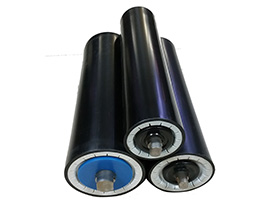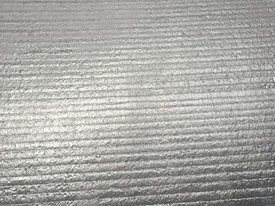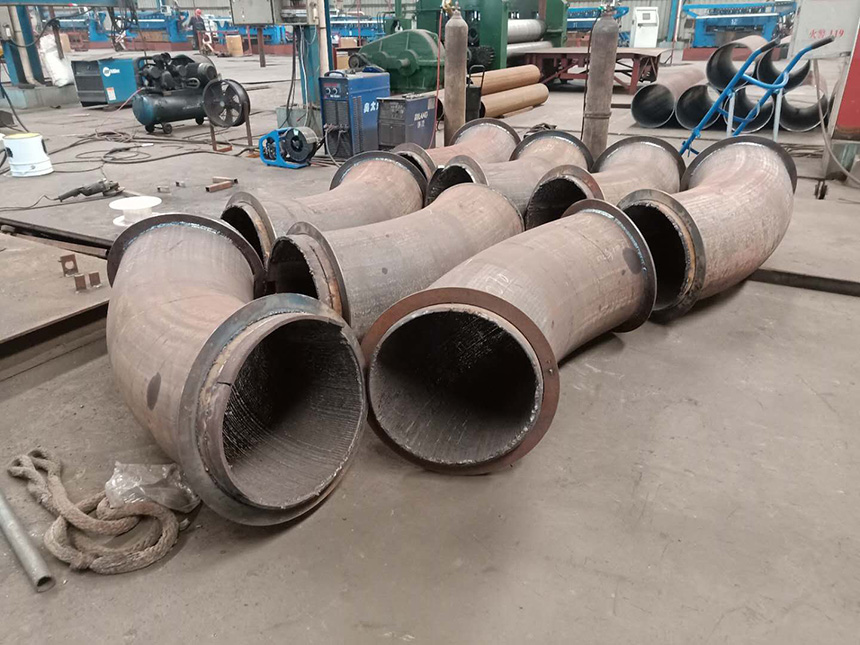
Surfacing wear-resistant liner refers to the wear-resistant liner manufactured by direct overlay welding of high-hardness, high-alloy wear-resistant welding wire on the steel plate. In our production and practice, we study the principle of wear resistance and summarize the product characteristics as follows:
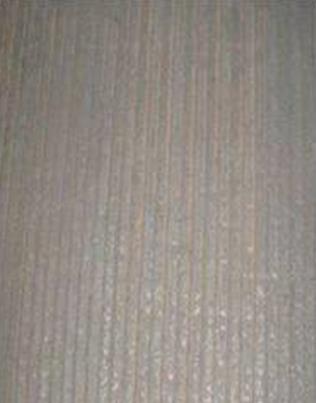
Wear resistance mechanism
Because the alloy layer (surfacing layer) is a high-carbon and high-chromium alloy, its microstructure is mainly composed of massive or rod-shaped M7C3 carbide and martensite matrix. The M7C3 carbides in the microstructure are distributed in fibrous form and are perpendicular to the surface. Its Vickers hardness is about 1800HV (Rockwell hardness can reach 63HRC or more), which can be used as a strengthening phase to make the alloy layer have excellent resistance to abrasive wear performance.
The soft steel substrate with good ductility and toughness is selected for the surfacing wear-resistant liner, so that the composite surfacing wear-resistant liner has excellent erosion and wear resistance.
However, the carbon equivalent of this high-carbon high-chromium alloy is very high, and defects such as cracks are extremely easy to appear during the processing and forming process. It is almost impossible to achieve hot forming of such materials through traditional casting and rolling processes. The processing and shaping of the alloy layer can only be achieved by means of surfacing welding.
Basic thickness and specifications of surfacing wear-resistant liner
Generally there are 3+3, 4+2, 5+3, 5+4, 6+4, 6+5, 6+6, 8+4, 8+4, 8+6, 10+5, 10+6, 10+8, 10+10, 20+20, etc. The first number represents the thickness of the base material, and the number after "+" represents the thickness of the alloy layer above the fusion line. The generally used welding wires are: LZ570, LZ590, LZ601, LZ606, LZ650, etc.
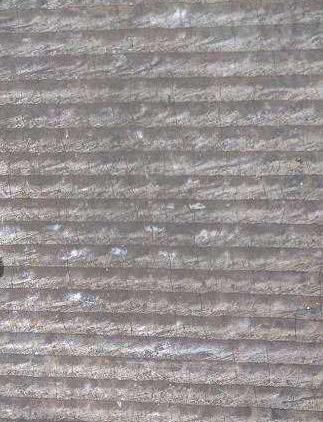
Alloy layer/base metal cross section Macro/micro comparison of cross section Installation method
The countersunk connection hole can be made through the surfacing wear-resistant liner, and the stud or nut can be welded on the back of the base material.
Ore funnel with surfacing liner
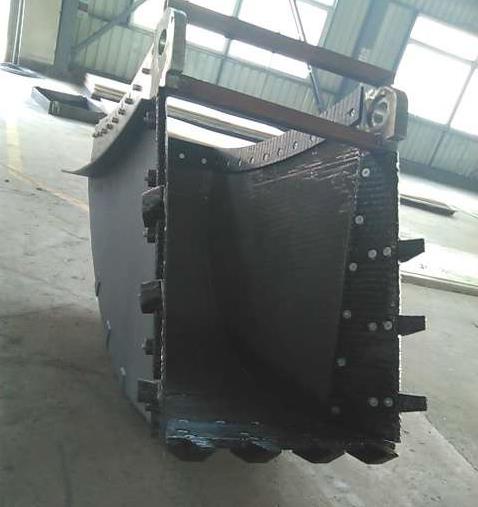
Performance of surfacing wear-resistant liner
1. High wear resistance. Wear test shows that the wear resistance of the wear-resistant composite board is more than 20 times higher than that of low-carbon steel, and more than 5 times higher than that of stainless steel and high-manganese steel;
2. High impact resistance. Due to the use of soft steel substrate, the surfacing wear-resistant liner has high impact resistance, which fully embodies the double-layer advantages of both wear resistance and impact resistance;
3. Convenient processing performance. The surfacing wear-resistant liner can be deformed and welded, and can be easily processed into various wear-resistant parts like ordinary steel plates;
Fourth, the high-performance price ratio, considering the raw material cost, service life, maintenance cost, and downtime loss caused by the replacement of the lining plate, the performance-price ratio is 2 to 4 times that of ordinary materials.
 简体中文
简体中文



